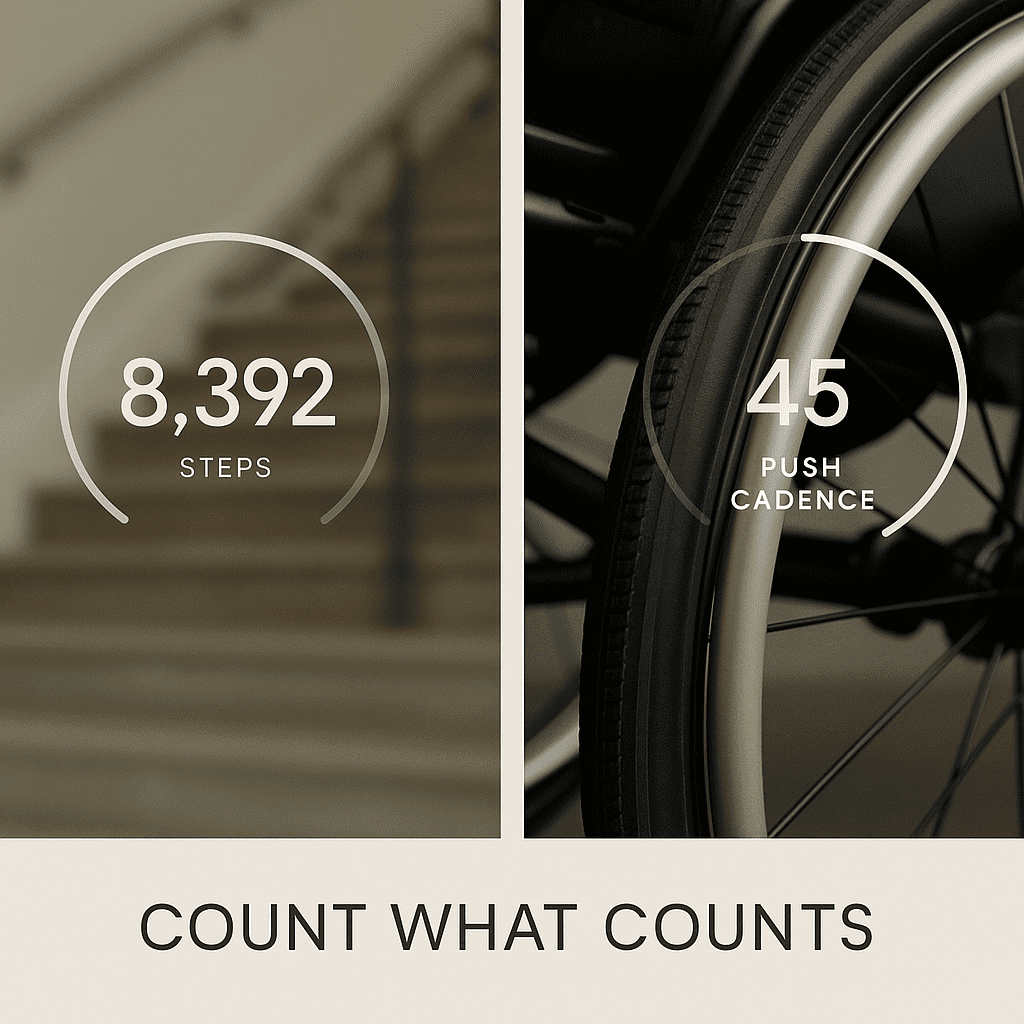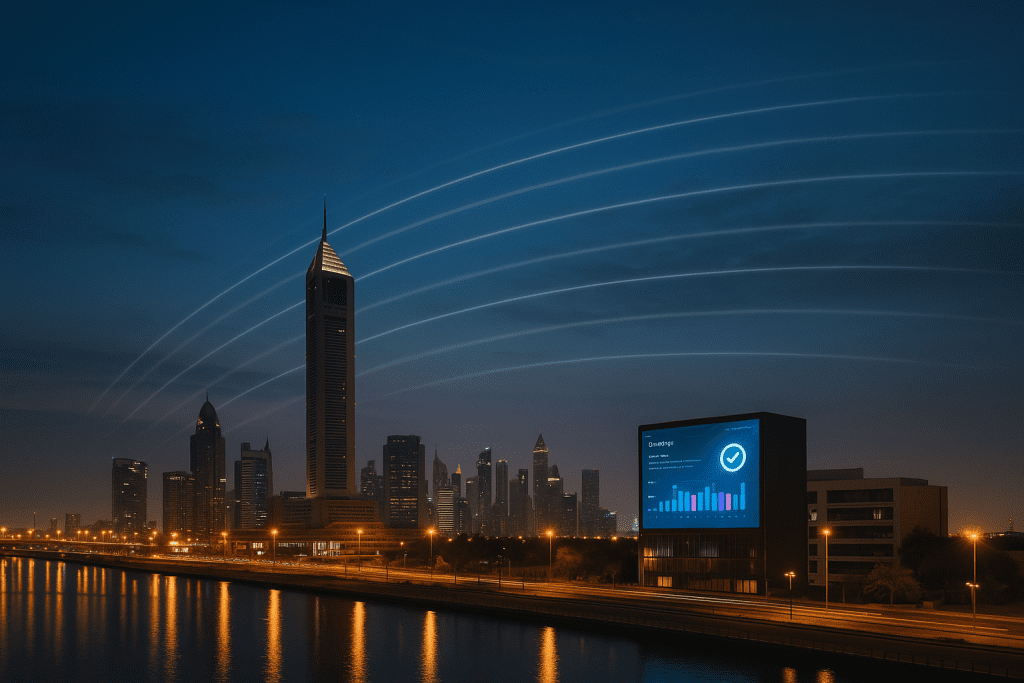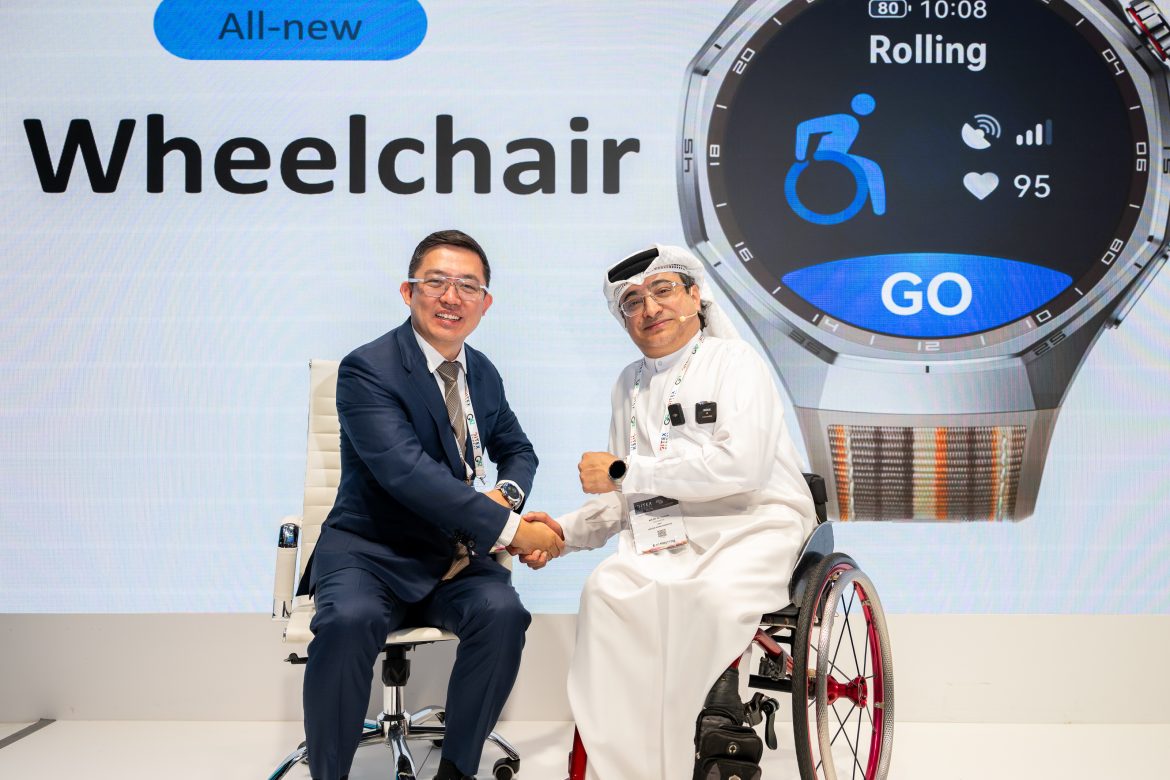Huawei WATCH GT 6
Confidence in Motion: Huawei’s Inclusive Wearable
GITEX Dubai, October, 2025
There are product launches, and then there are moments when a company rewrites the template of who technology is for. felt like the latter. On that floor—equal parts spectacle and hard questions—Huawei brought Wheelchair Mode to the HUAWEI WATCH GT 6 Series, and with it, a quiet correction to how wearables have measured human effort for a decade. The spark for this feature wasn’t a market trend; it was a human ask from H.E. Majid Rashed, President of the Asian Paralympic Committee: why can’t a watch understand push the way it understands steps? Huawei listened, then shipped—globally in early November—with a public spotlight aligned to Dubai Ride, where movement is a civic celebration, not just a KPI.
Wheelchair Mode isn’t a cosmetic card on a carousel; it refactors the math of motion. The watch fuses signals from IMUs, push-detection algorithms, and wheel-rotation sensors to estimate push frequency, force, speed, and distance; then layers in HUAWEI TruSense System—continuous heart rate, SpO₂, calorie estimates, and pressure/torque cues—so the numbers finally match how wheelchair propulsion actually feels over minutes, hours, and weeks. On top of performance, there’s safety: fall detection with emergency alerting to trusted contacts. And it all sits on a device known for up to 21 days of battery (light use) and durable daily-wear materials, because inclusion without stamina is just another daily chore. The promise begins in Dubai, but the update is global—by design.

“Huawei not only listened but acted with great determination,” noted H.E. Majid Rashed, framing the move as a commitment to people of determination and to technology that serves everyone equally.
Why It Matters
Scale that counts:
80M+ people worldwide rely on wheelchairs. For them, accurate tracking is health, injury prevention, motivation, and safety—not a niche add-on.
Signals with context:
Counting pushes—not steps—paired with TruSense cardio metrics turns logs into coaching.
Belonging by launch:
The global update and Dubai-first
spotlight connect innovation to a living community moment.

What Huawei Actually Shipped
Motion intelligence: Push frequency/force, speed, distance via IMUs, push-detection, and wheel-rotation sensing.
Human physiology (TruSense): continuous HR, SpO₂, calorie estimates, pressure/torque patterns.
On-wrist safety: Fall detection and emergency alerting that can notify trusted contacts.
Device foundations: Up to 21-day battery (light use), durable materials, wear-all-day comfort.
Rollout: Software update in early November; global promotion begins in Dubai.

New Rules for Human-Centered Health Data (2025)
Count what the body actually does. For wheelchair users, push cadence and force beat steps.
Context over raw counts. Merge motion with HR/SpO₂/pressure-torque for actionable guidance.
Safety belongs up front. Fall detection + SOS are fitness features, not footnotes.
Battery is accessibility. Up to 21 days means habits survive school, training, travel.
Data Privacy . Share on your terms—what, with whom, and when.

Field Notes — Four Real Scenarios
Rehab cadence: Track pushes and torque trends to avoid shoulder overuse spikes.
Athlete tempo: Correlate speed/distance with HR/SpO₂ for race-day pacing.
Campus & commute: Long battery + on-wrist SOS reduces dependency on chargers and phones.
Family check-ins: With consent, use trendlines (activity + vitals) to adjust routines.
What to Watch Next
November software update across WATCH GT 6.
Dubai Ride moment = real-world debut.
Localized education/awareness as the feature scales.

acer in gitex dubai 2025
FQA
Q1: When does Wheelchair Mode arrive?
A: Early November via software update for HUAWEI WATCH GT 6; promotion begins in Dubai.
Q2: What exactly does it measure?
A: Push frequency, force, speed, distance, fused with HR/SpO₂/calories/pressure-torque via TruSense.
Q3: Is safety built in?
A: Yes—fall detection and emergency alerts can notify trusted contacts.
Q4: Battery life?
A: Up to 21 days on light use.
Q5: Why launch at GITEX Dubai?
A: It’s a regional stage for inclusive innovation; global rollout with a Dubai-first spotlight and public debut aligned to Dubai Ride.
When Inclusion Feels Effortless
What we call “inclusive tech” will only earn the name when it stops needing an introduction. Wheelchair Mode nudges us closer: a watch that counts what counts, places safety beside performance, and lasts long enough to be there when it’s needed—not just when it’s charged. It started with a question from sport and became a feature for everyday life, the kind that won’t ask users to fit their motion into an old metric. This is how progress should land: on-wrist, on-time, and on your side. If the shot of the day is a rehab milestone, a campus sprint, or a sunrise roll along the boulevard, your watch should keep up, not catch up. Huawei is arguing for a future in which wearables are built from lived motion outward—and where the most trusted innovations begin with listening. That’s a quiet revolution, the kind you don’t notice until your routines run smoother—and then you can’t imagine going back.

